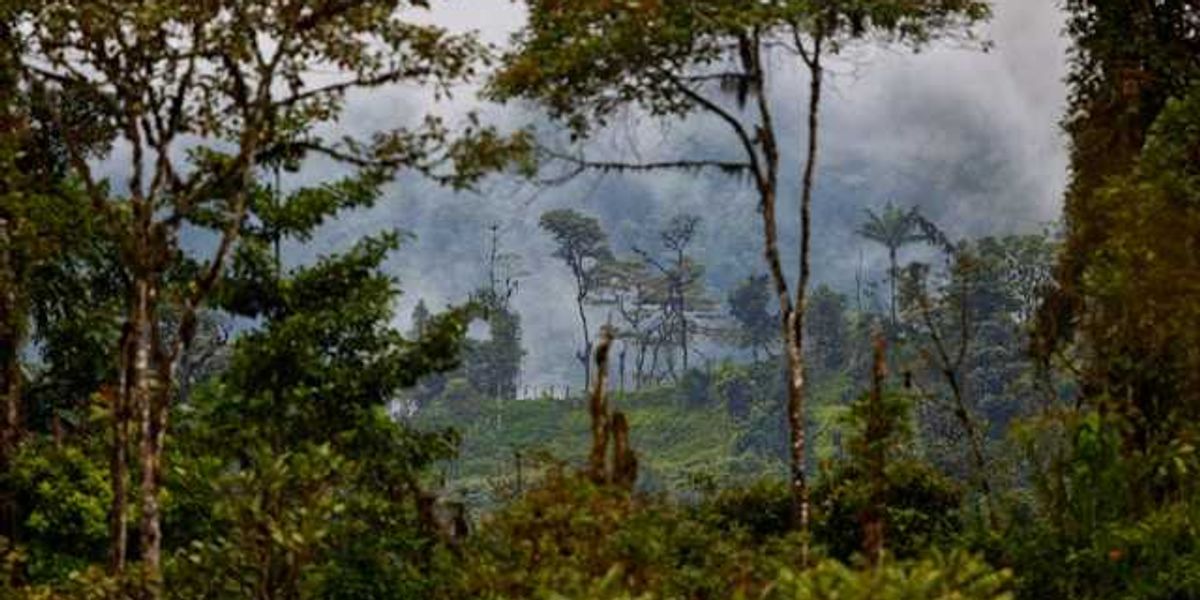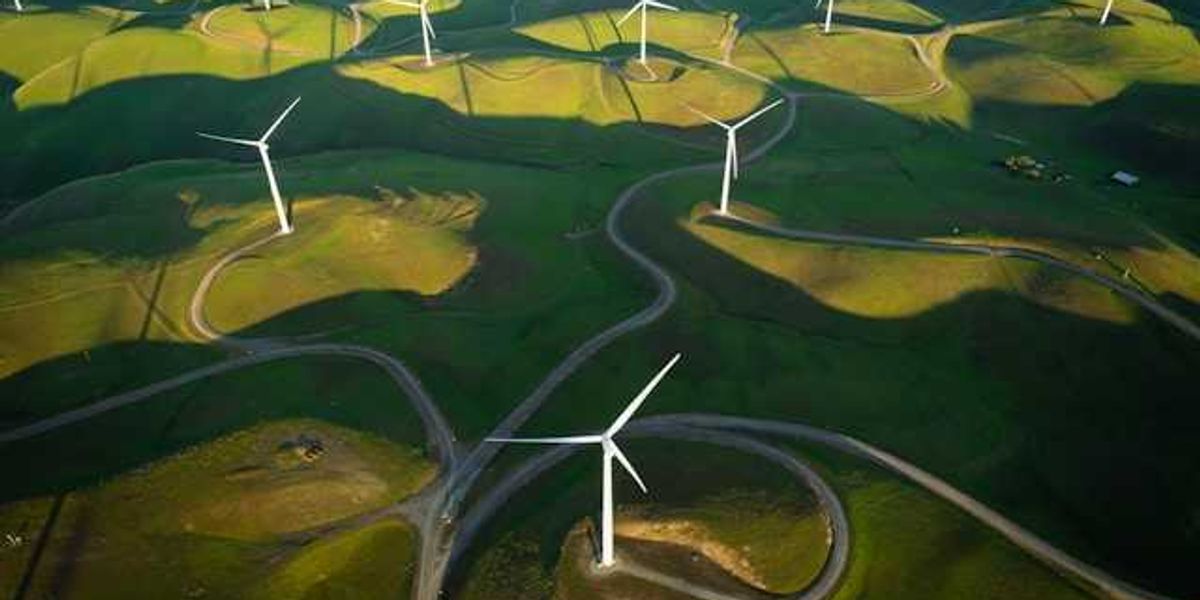
How rising temperatures are putting children and pregnant women at risk
Climate change is driving a surge in health risks for children and pregnant women, especially in low-income regions, by increasing exposure to extreme heat, air pollution, and malnutrition, according to a new report.
Zoya Teirstein reports for Grist.
In short:
- A new review from the London School of Hygiene and Tropical Medicine warns that climate change is fueling preterm births, infant and maternal deaths, and birth defects by increasing extreme heat and worsening food insecurity and air pollution.
- Exposure to fine particulate matter from fossil fuel combustion and wildfire smoke is linked to 16% of low birth weight cases globally and significantly increases the risk of spontaneous preterm birth and postpartum depression.
- In Africa, rising floods and droughts are worsening child mortality and malnutrition, while climate modeling shows that continued emissions could reverse expected improvements in maternal and child health.
Key quote:
"We’re still just beginning to understand the dangers, but the problem is clearly enormous."
— Authors of the report, London School of Hygiene and Tropical Medicine
Why this matters:
Extreme heat can raise the risk of stillbirth, low birth weight, and developmental complications, while air pollution silently increases the odds of early labor and maternal mental health problems. At the same time, droughts and floods — intensified by a warming planet — threaten food security and clean water access, especially in low-income nations with fragile health systems. These stressors compound in ways that put a billion children at “extremely high risk,” even before birth. As global emissions climb and international aid wavers, many communities face a future where simply bringing a child safely into the world grows more perilous.
Related EHN coverage: Op-ed: How climate change harms pregnant people and their babies













